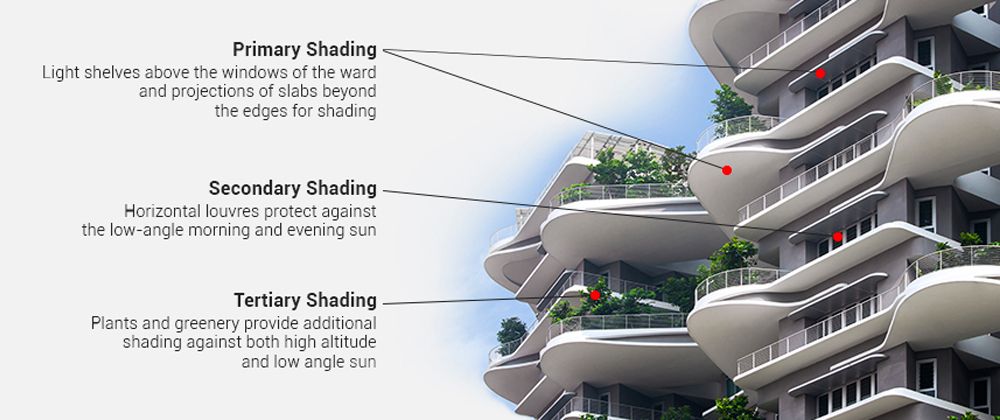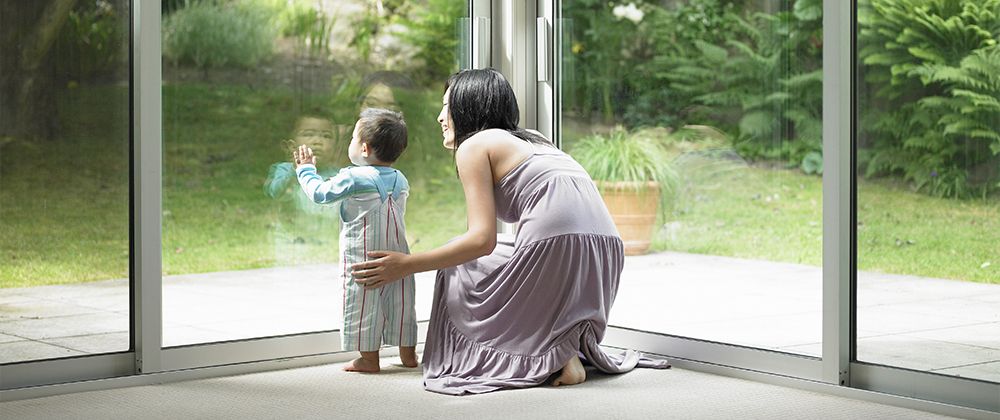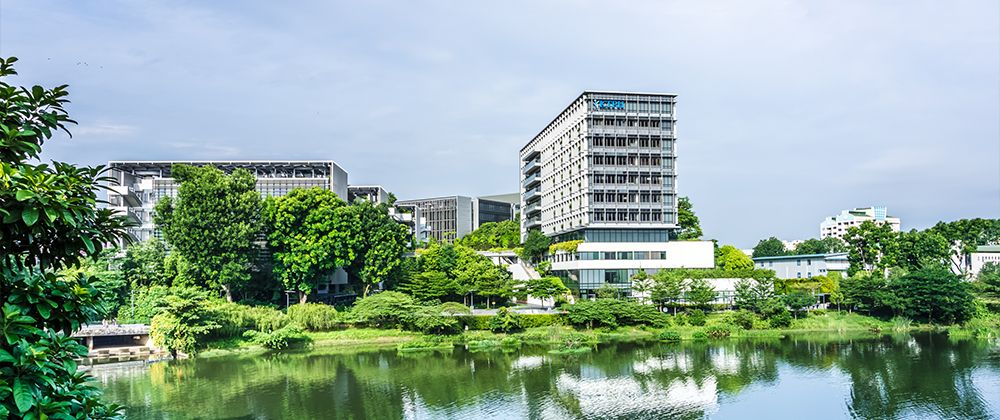Biophilic design: What is it, and why is it an important trend for hospitals?
As the world urbanizes, biophilic design in healthcare has become increasingly essential to alleviate modern society's heightened anxiety. From gardens, waterscapes to natural views, the biophilic design transforms hospitals' once sterile and dull environment, offering a sense of calmness that underscores the holistic well-being of patients and staff. Still, not many hospitals across the globe incorporate such design for a reason.
The principles of biophilic design
Humans are instinctively drawn to nature, and this affinity is known as “Biophilia”. Biophilic design refers to the practice of integrating natural elements in the built environment. Through thoughtful connection with nature, architectural spaces are transformed into places of healing and restoration.
Terrapin Bright Green once defined biophilic design by categorizing it into three areas — Nature in the Space, Natural Analogues, and Nature of the Space.
Nature in the Space calls on direct and physical connections with natural elements. This area of biophilic design often includes greenery, flowing water, plant oils, natural ventilation, daylight, and textured materials such as stone, wood, and fur in a way that interacts with our senses.
Natural Analogues, on the other hand, draw on indirect connections with nature. The idea is to evoke a sense of nature through decor, artworks, textiles, and furniture containing materials, shapes, patterns, colors, and sequences found in the wild.
Nature of the Space touches upon spatial configurations in nature, aiming to blend characteristics found in the above two categories to create engaging experiences that arouse fascination and curiosity, using elements such as infinity edges and transparent railing.
Benefits of biophilic design in healthcare
Biophilic design brings positive psychological benefits, such as reducing stress, irritation, fatigue, and boredom, as well as enhancing satisfaction and comfort. This is particularly beneficial to patients’ health and wellness. In fact, biophilic design speeds up patients’ recovery after surgery by 8.5% and reduces the need for painkillers by 22%. To cope with the overflow of hospital visitors, architects often employ biophilic designs to include outdoor areas that allow people to access nature while waiting and lounging.
In Singapore, Khoo Teck Puat Hospital and Ng Teng Fong General Hospital are the award-winning quintessence of biophilic designs in healthcare, creating healing environments that lead to better well-being.
Khoo Teck Puat Hospital
Designed to be forest-like, Khoo Teck Puat Hospital impresses the world as “a hospital in a garden” with lush greenery taking up almost four times the area of the hospital land. The eco-friendly acute care hospital achieved the first-ever Stephen R. Kellert Biophilic Design Award in 2017 for its many biophilic design features, such as open communal spaces, rooftop gardens, and cascading waterfalls. Its naturally ventilated public areas keep indoors breezy while blocking direct sunlight, fostering a soothing atmosphere for proper healing.

Ng Teng Fong General Hospital
Ng Teng Fong General Hospital redefines healthcare designs by introducing fan-shaped wards that provide each bed a window, allowing patients to access fresh air and green views easily. Details such as sun angle are considered, using a three-way exterior shading that optimizes natural light while reducing glare at different times of the day. Equipped with a centralized air filtration system and air-scrubbing technology, the wards are always naturally ventilated, even during times of haze. This revolutionary patient-centric biophilic design won the hospital multiple awards, such as the American Institute of Architects Committee on the Environment Top Ten Awards (2017) and the AIA Hong Kong Honor Award for Architecture.
Is biophilic design for hospitals expensive?
While biophilic design sounds promising, there is still a long way before we see biophilia widely applied to hospital architecture due to the perceived high costs. The biophilic design takes up considerable upfront investment. Yet, it yields positive outcomes on the social, environmental and financial level in the long term with lasting health benefits.
Questions and Answers
Q1: What is biophilic design?
Biophilic design refers to integrating natural elements in the built environment to maximize the positive benefits of exposure to nature. This approach stems from human’s affinity with nature, known as “Biophilia”.
Q2: How does biophilic design benefit healthcare?
Biophilic designs help speed up patients’ recovery and reduce the need for painkillers. Such designs also bring manifold benefits such as reducing stress, irritation, fatigue, and boredom and enhancing satisfaction and comfort.


